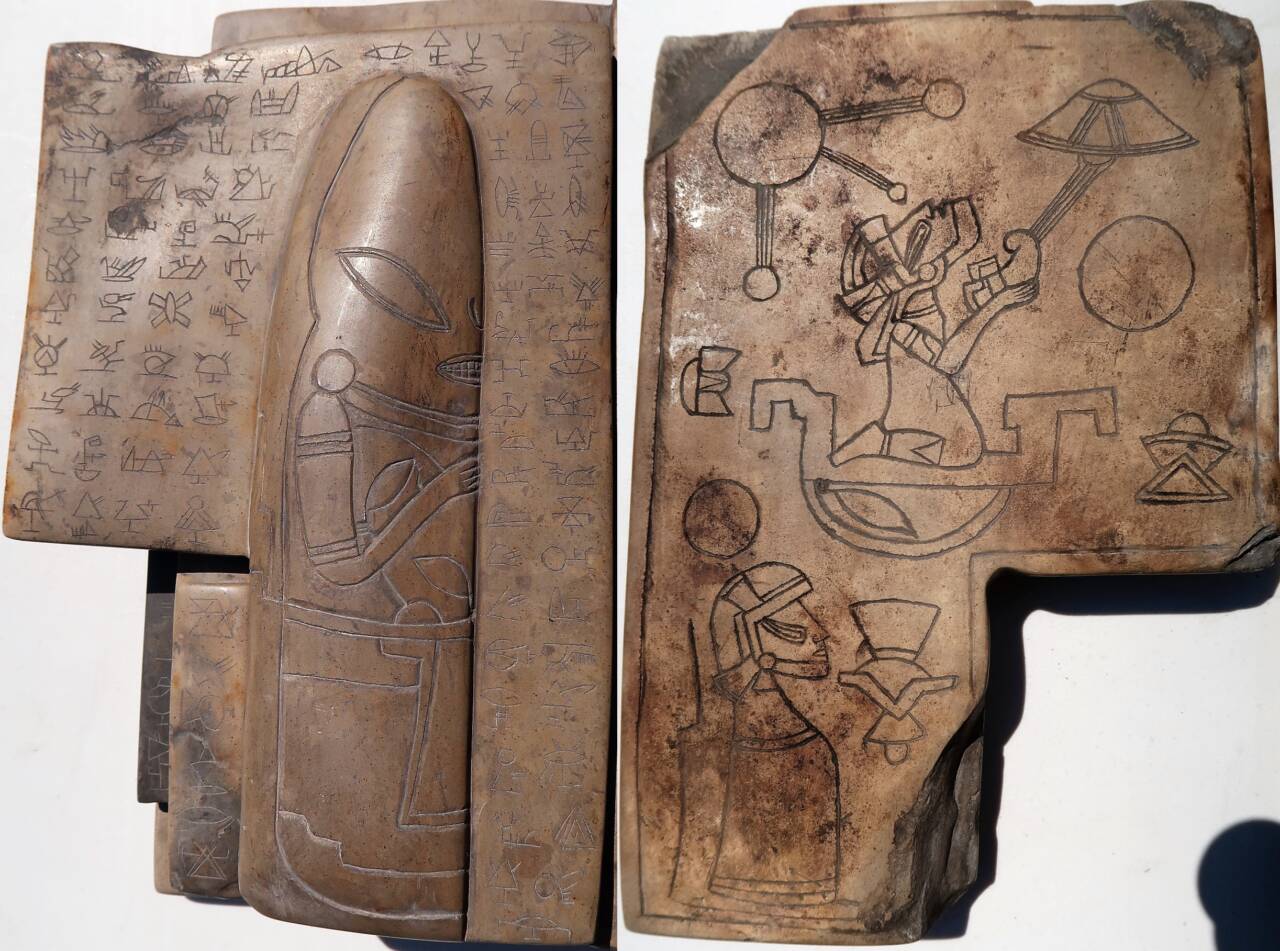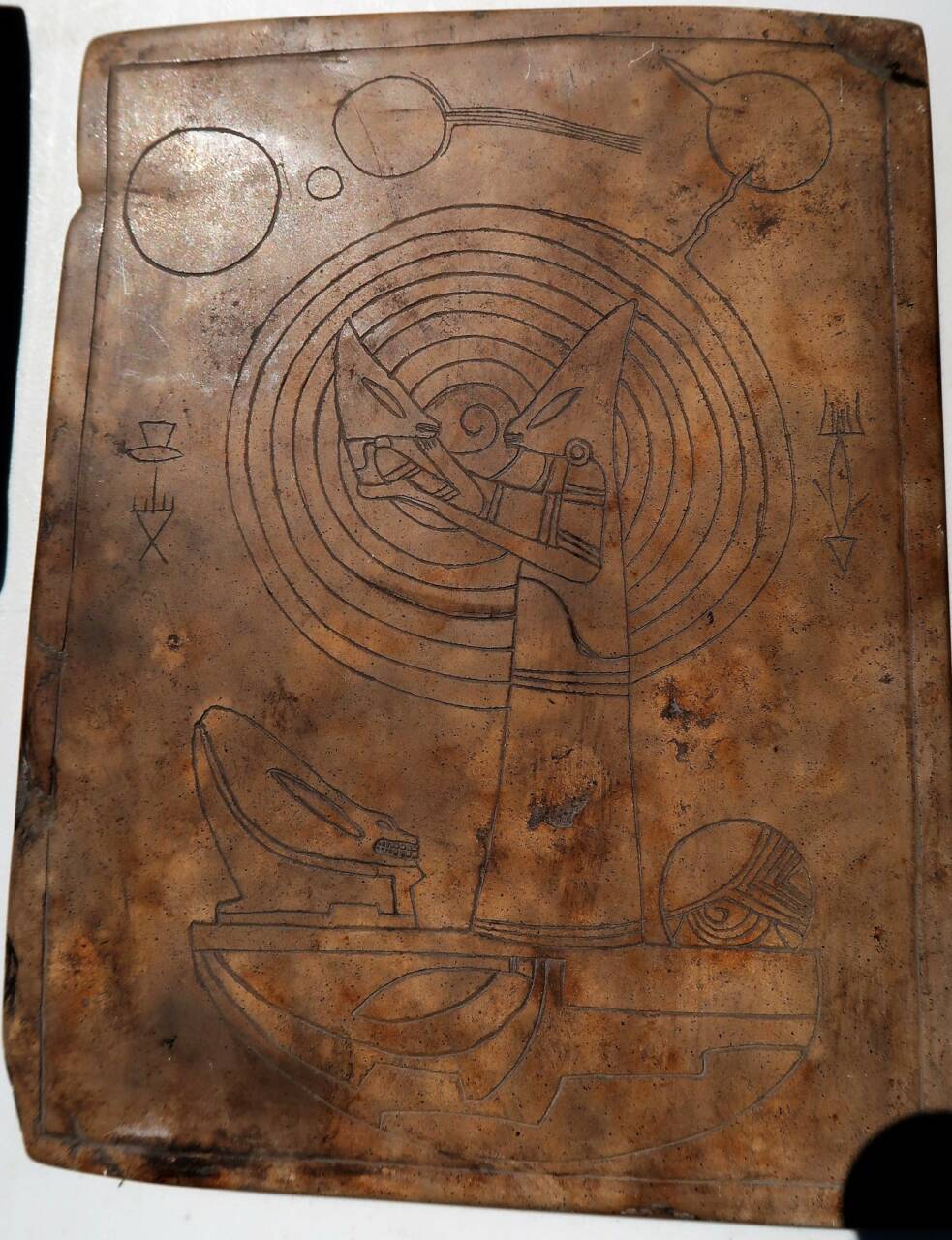Unlocking ancient secrets and delving into enigmatic objects and mysterious ancestral sightings are endeavors that captivate the human imagination and drive archaeological and historical research forward. These pursuits offer a window into the past, shedding light on cultures, civilizations, and practices long gone.

One of the most intriguing aspects of exploring ancient objects is deciphering their meaning and purpose. Artifacts such as cave paintings, pottery, tools, and religious relics provide invaluable insights into the daily lives, beliefs, and rituals of ancient peoples. By carefully analyzing these artifacts using techniques such as radiocarbon dating, spectroscopy, and DNA analysis, researchers can piece together the puzzle of the past.

In addition to physical artifacts, mysterious ancestral sightings and oral traditions passed down through generations offer tantalizing clues about ancient cultures and civilizations. Legends of lost cities, mythical creatures, and ancient rituals often have roots in real historical events or practices. By studying these sightings and traditions, researchers can uncover hidden truths about the past and gain a deeper understanding of ancient societies.
One example of a mysterious ancestral sighting is the Nazca Lines in Peru. These gigantic geoglyphs, etched into the desert floor over 2,000 years ago, depict various animals, plants, and geometric shapes. The purpose of these lines remains a subject of debate among archaeologists and historians. Some theories suggest they served as ritual pathways or astronomical calendars, while others propose they were meant to communicate with gods or extraterrestrial beings.

Another enigmatic object that has puzzled researchers for centuries is the Antikythera Mechanism, discovered in a shipwreck off the coast of Greece in 1901. This intricate device, dating back to the 2nd century BCE, is often referred to as the world’s first analog computer. It was used to track astronomical positions and predict celestial events such as eclipses. The discovery of the Antikythera Mechanism revolutionized our understanding of ancient technology and astronomy.
As technology advances and new archaeological discoveries are made, our understanding of ancient civilizations and their secrets continues to evolve. Through interdisciplinary collaboration and a commitment to preserving and interpreting our shared heritage, researchers will undoubtedly unlock many more mysteries of the past, enriching our knowledge of human history and culture.